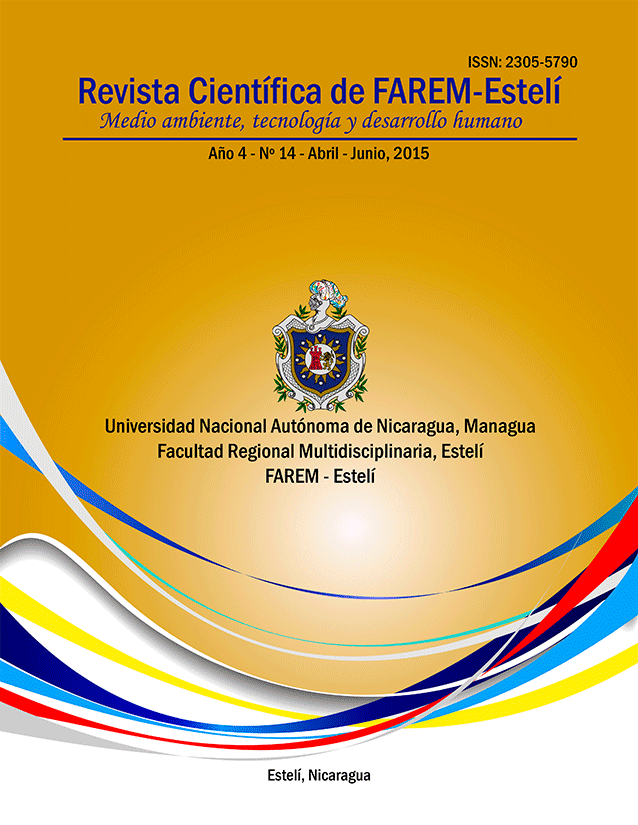Evaluation of growth parameters in Cedrela odorata seedlings under different water conditions and their adaptation to degraded substrates
Abstract
Deforestation of tropical dry forest has become a major environmental problems in Nicaragua in the last few decades. This loss of forested areas has reduced the natural resources essential to the population, such as wood, food and water. The high exploitation of Cedrela odorata (real cedar) for timber harvesting has placed this species as vulnerable in the IUCN Red List. This study aims to provide information about the ability of C. odorata of growing in degraded substrates and under water conditions eventually different resulting from climate change. For this, the effect of two factors on germination and seedling growth of C. odorata was evaluated, being these: three types of substrate and five volumes of water. The substrates were selected from livestock, agricultural farm and tropical dry forest (control). The risks were established, based on the rainfall of the stand: 50%, 75%, 100% (control), 150% and 200%. Overall, fifteen treatments combining the two factors were established. The results show that C. odorata has good ability to grow on degraded substrates with precipitation rates of about 1200 mm / year and up to 50% lower. C. odorata has difficulty germinating, especially in soils with scarce infiltration capacity precipitation rates. The growth of C. odorata in excess of 1200 mm / year precipitation rates presents insufficient root growth that would hinder survival during the dry season.
Keywords: reforestation, climate change, water stress, root growth, leaf area, waterlogging.



